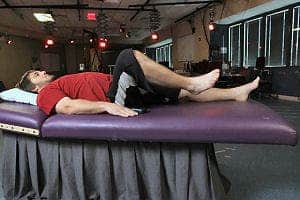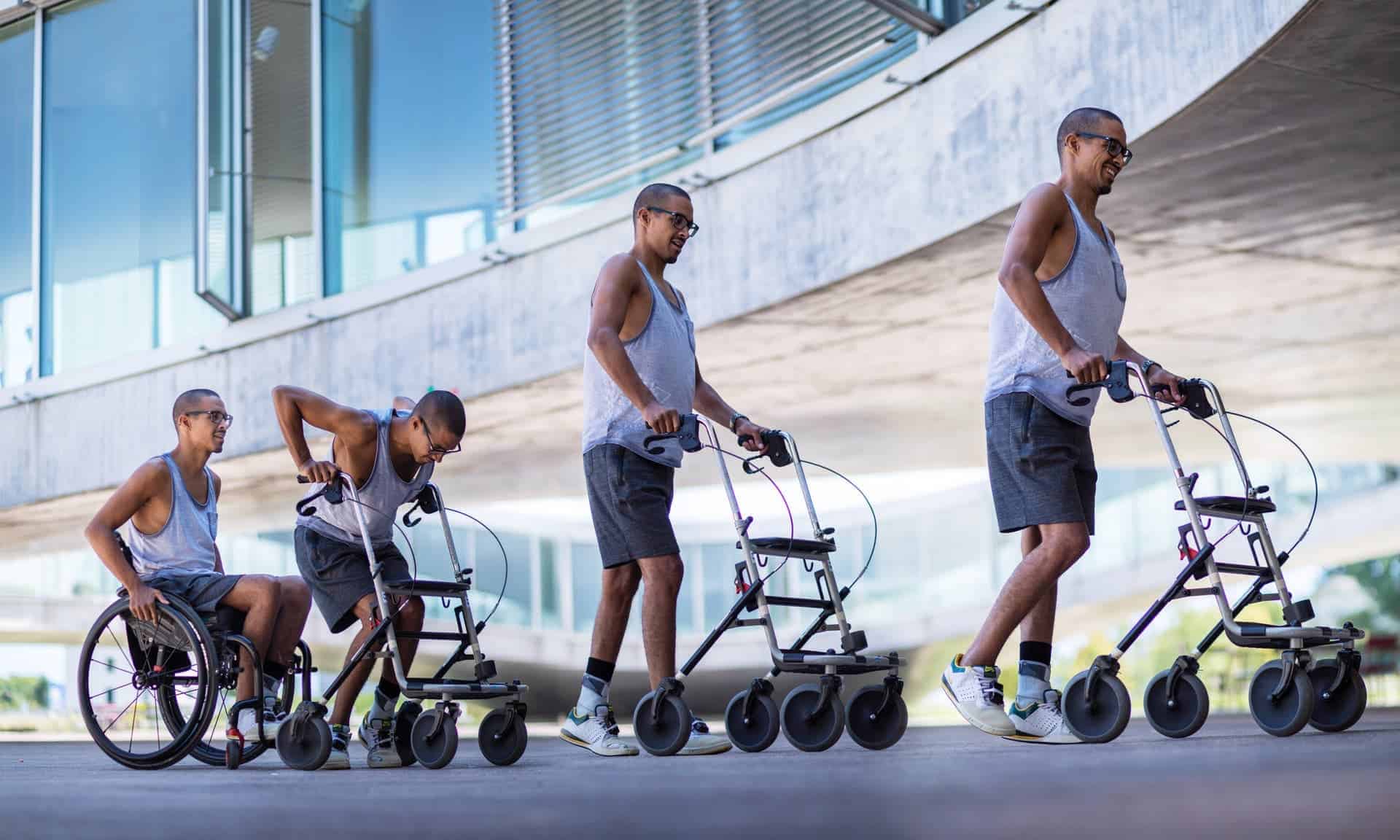
For the nearly six million Americans living with paralysis, 1.3 million of which with spinal cord injuries, life is often a struggle. Few are independent, and this causes severe psychological strain. Physiotherapy has proved it can do wonder in some cases, but what if you could push it a bit further? Building up on previous ground-breaking research, a team of researchers from University of Louisville, UCLA, and the Pavlov Institute of Physiology have done wonders for a group of four young men who had been paralyzed for years. The researchers used electrical stimulation to reawaken some of the spinal cord’s sensing network and allow the men to regain use of their legs.
Epidural Stimulation is a method of stimulation that encourages the body to use its inherent nerve pathways to transfer an electrical current from an implanted electrode array to the targeted muscle(s). This electrode array is surgically implanted along the relevant section of spinal cord. The electrical current from the array “awakens” the circuitry in the spinal column, enabling the body to acknowledge and possibly respond to sensory input that it was previously disregarding.
Feeling limbs again

Using this technique, a paraplegic man regained a number of motor functions in 2011. Now, the team of researchers using a refined version helped four participants who were classified as suffering from chronic, motor complete spinal cord injuries to move their lower extremities, which wasn’t possible prior to the implantation of an epidural stimulator.
“Two of the four subjects were diagnosed as motor and sensory complete injured with no chance of recovery at all,” said lead researcher Claudia Angeli, from the University of Louisville’s Kentucky Spinal Cord Injury Research Center. “Because of epidural stimulation, they can now voluntarily move their hips, ankles and toes. This is groundbreaking for the entire field and offers a new outlook that the spinal cord, even after a severe injury, has great potential for functional recovery.”
The stimulator delivers a continuous electrical current to the participants’ lower spinal cords, mimicking signals the brain normally transmits to initiate movement. Once this signal is triggered, the spinal cord reengaged its neural network to control and direct muscle movements. Coupled with rehabilitative therapy, the electrical stimulation therapy intensified and the participants experienced better progress.
“This research brings up an amazing number of possibilities for how we can develop interventions that will help people recover movement they have lost,” said UCLA’s V. Reggie Edgerton, a distinguished professor of integrative biology and physiology, neurobiology, and neurosurgery and a co-author of the research. “The circuitry in the spinal cord is remarkably resilient. Once you get them up and active, many physiological systems that are intricately connected and that were dormant come back into play.”
Turning the impossible around
What’s amazing is that the participants have regained motor functions when not too long ago this would have been deemed impossible, as a general consensus. The scientists are optimistic that the therapy intervention will continue to result in improved motor functions. In fact, based on observations from the research, there is strong evidence that with continued advancements of the epidural stimulator, individuals with complete spinal cord injuries will be able to bear weight independently, maintain balance and work towards stepping, the scientists said.
“When we first learned that a patient had regained voluntary control as a result of the therapy, we were cautiously optimistic,” said Roderic Pettigrew, director of the National Institute of Biomedical Imaging and Bioengineering, which provided support for the study. “Now that spinal stimulation has been successful in four out of four patients, there is evidence to suggest a large cohort of individuals, previously with little realistic hope of any meaningful recovery from spinal cord injury, may benefit from this intervention.”
“This is a wake-up call for how we see motor complete spinal cord injury,” said Edgerton, who has been conducting fundamental research in this area for 38 years and is a member of the Reeve Foundation’s International Research Consortium on Spinal Cord Injury. “We don’t have to necessarily rely on regrowth of nerves in order to regain function. The fact that we’ve observed this in four out of four people suggests that this is actually a common phenomenon in those diagnosed with complete paralysis.”
The findings were reported in the journal Brain.




